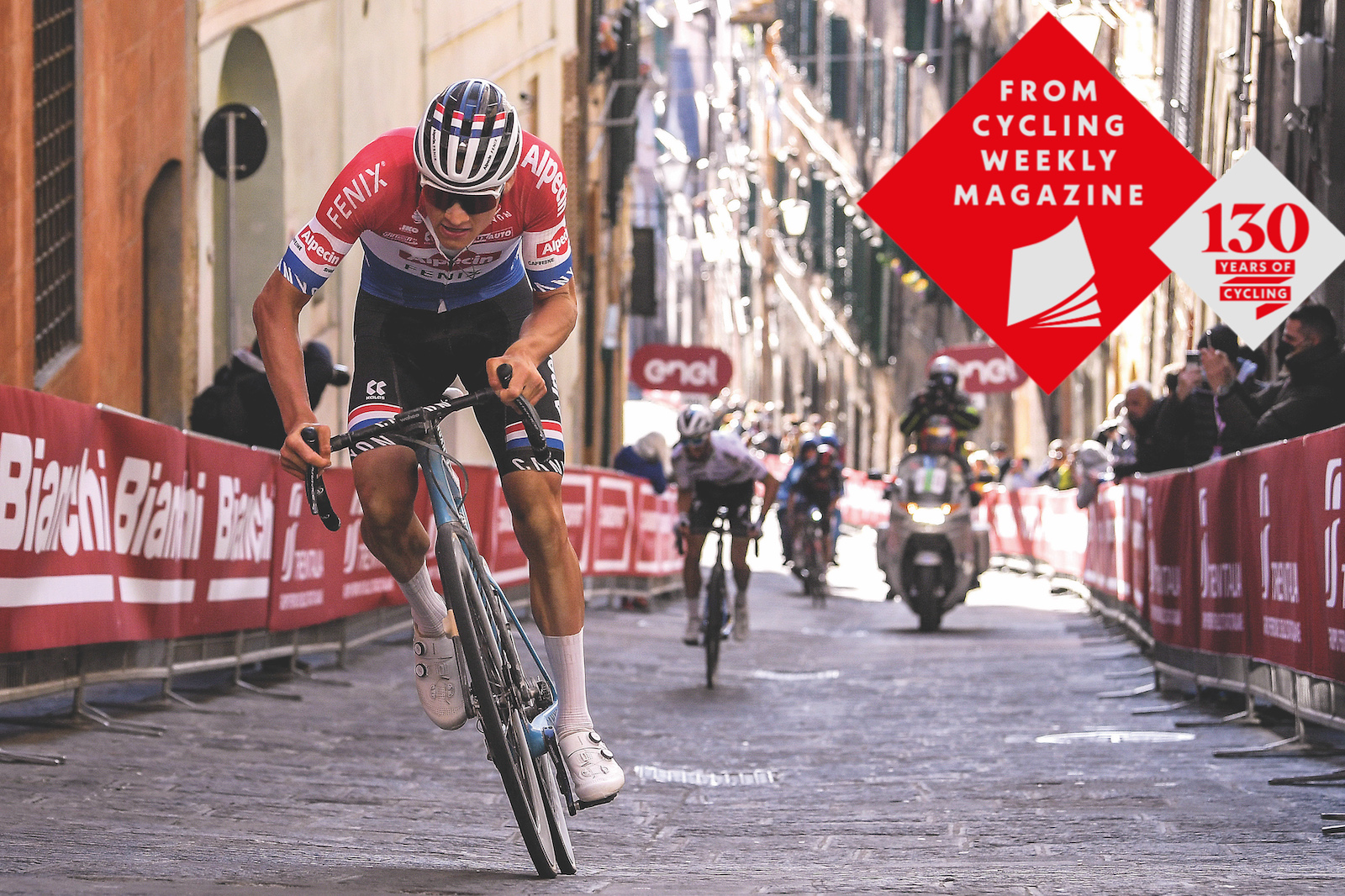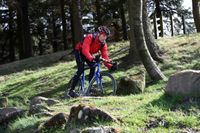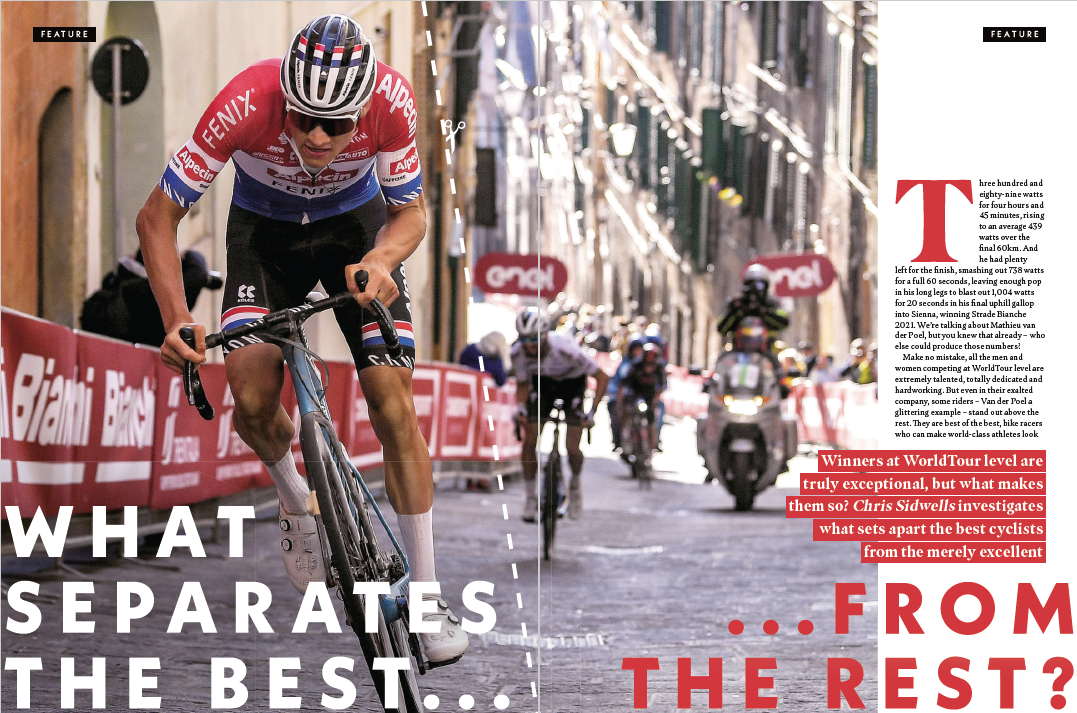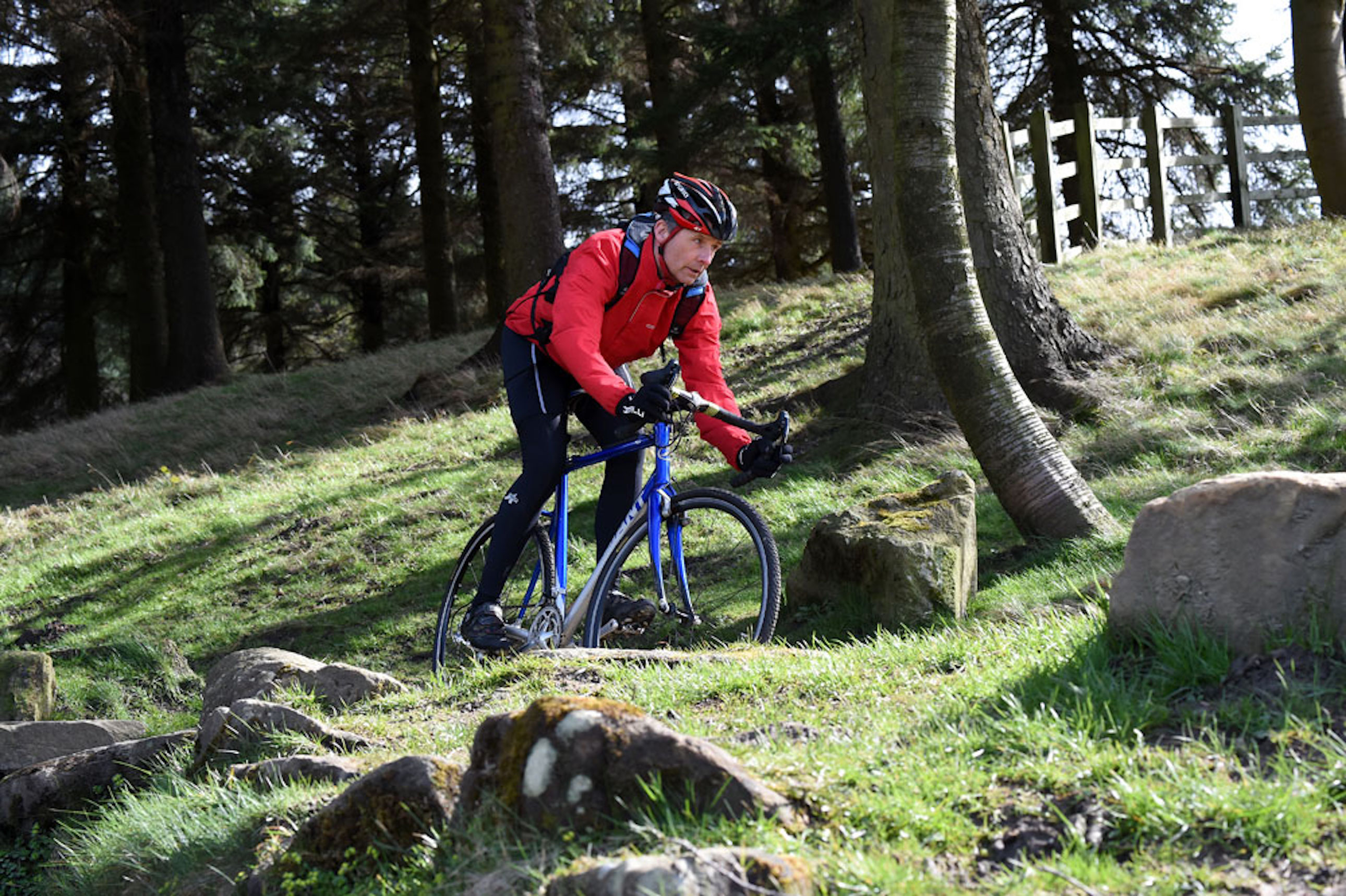What separates the best from the rest?


Winners at WorldTour level are truly exceptional, but what makes them so? Chris Sidwells investigates what sets apart the best cyclists from the merely excellent ones
Three hundred and eighty-nine watts for four hours and 45 minutes, rising to an average 439 watts over the final 60km. And he had plenty left for the finish, smashing out 738 watts for a full 60 seconds, and even then enough pop in his long legs to blast out 1,004 watts for 20 seconds in his final uphill gallop into Sienna, winning Strade Bianche 2021. We’re talking about Mathieu van der Poel, but you knew that already – who else could produce those numbers?
>>> Subscribe to Cycling Weekly magazine and get fitness features like this each week.
Make no mistake, all the men and women competing at WorldTour level are extremely talented, very dedicated and hardworking. But even in their exalted company, some riders – van der Poel a glittering example – stand out above the rest. They are best of the best, bike racers who can make world-class athletes look like amateurs. Such superstars have been a feature of pro cycling since its earliest days. In this feature, I want to pinpoint exactly what makes these people stand out in an already exceptional cohort.
To begin, we need a baseline to compare with: our ground zero is the level of performance it takes to be an elite cyclist. Many scientific studies have looked at different aspects, capacities or abilities of elite cyclists, and for the purpose of this article, I’d like to call these things ‘markers of excellence’.

A scientific review by Kathryn E. Phillips and William G. Hopkins, published last year, looked at more than 50 studies on the various markers determining cycling excellence. These included obvious physical and physiological factors like peak and functional power output, cardiovascular and pulmonary performance, economy of effort, among others. But it also looked at personality traits, cognitive function and sociological factors. It’s a great place to start, because it establishes markers found in all elite racing cyclists.
The latest race content, interviews, features, reviews and expert buying guides, direct to your inbox!
I want to add one more marker, something highlighted by David Epstein in his excellent book The Sports Gene: trainability. Epstein suggests that individual adaptability and response to training is a crucial determinant of a person’s sports potential. This resonates with my own experience of being around pro cyclists and coaches – so much so, I think it’s the best place to start.
You can read the full article in the April 8 issue of Cycling Weekly magazine, on sale in shops and online. You can also subscribe to the magazine and get it delivered to your home every Thursday so you never miss an issue.

Chris has written thousands of articles for magazines, newspapers and websites throughout the world. He’s written 25 books about all aspects of cycling in multiple editions and translations into at least 25
different languages. He’s currently building his own publishing business with Cycling Legends Books, Cycling Legends Events, cyclinglegends.co.uk, and the Cycling Legends Podcast